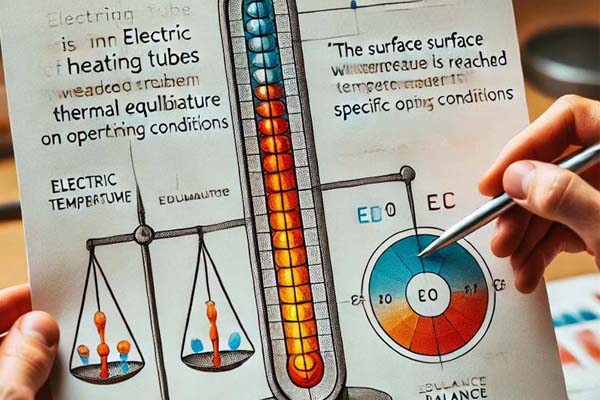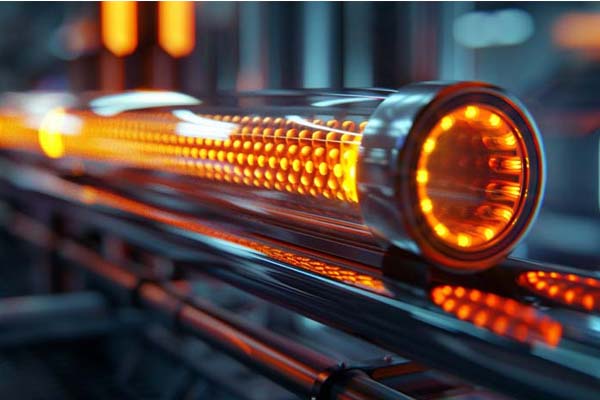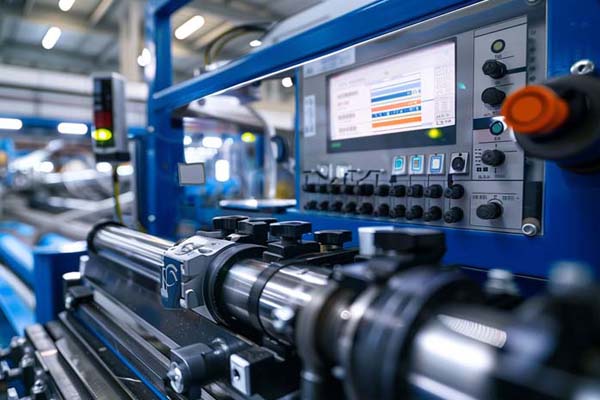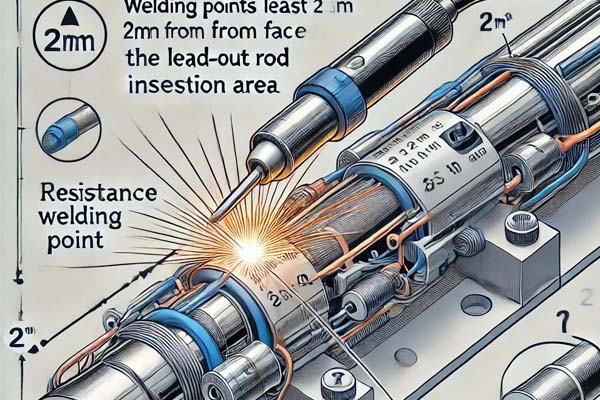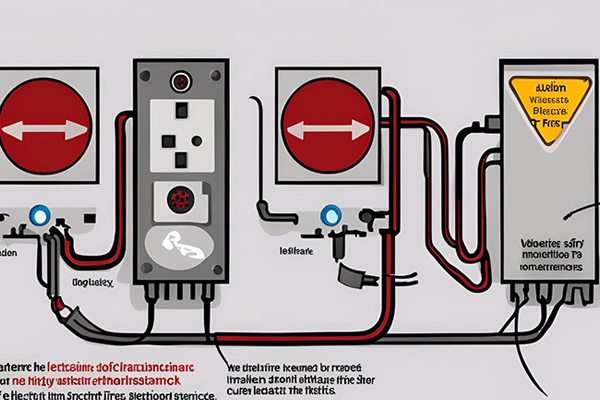Magnesium oxide (MgO) is a crucial inorganic material known for its excellent high-temperature resistance, thermal conductivity, and electrical insulation properties. These characteristics have led to its widespread use in various fields, with heating elements being one of the most typical and common applications. This article will explore the applications of magnesium oxide, focusing on its use in conventional heating elements.
I. Basic Properties of Magnesium Oxide
Magnesium oxide is a white powdery solid with stable chemical properties and a high melting point of up to 2852°C. Additionally, MgO has high thermal conductivity, allowing it to efficiently transfer heat. Furthermore, MgO exhibits excellent electrical insulation properties, maintaining its insulating effect even under high-temperature conditions. These attributes make magnesium oxide an ideal filler material for heating elements.
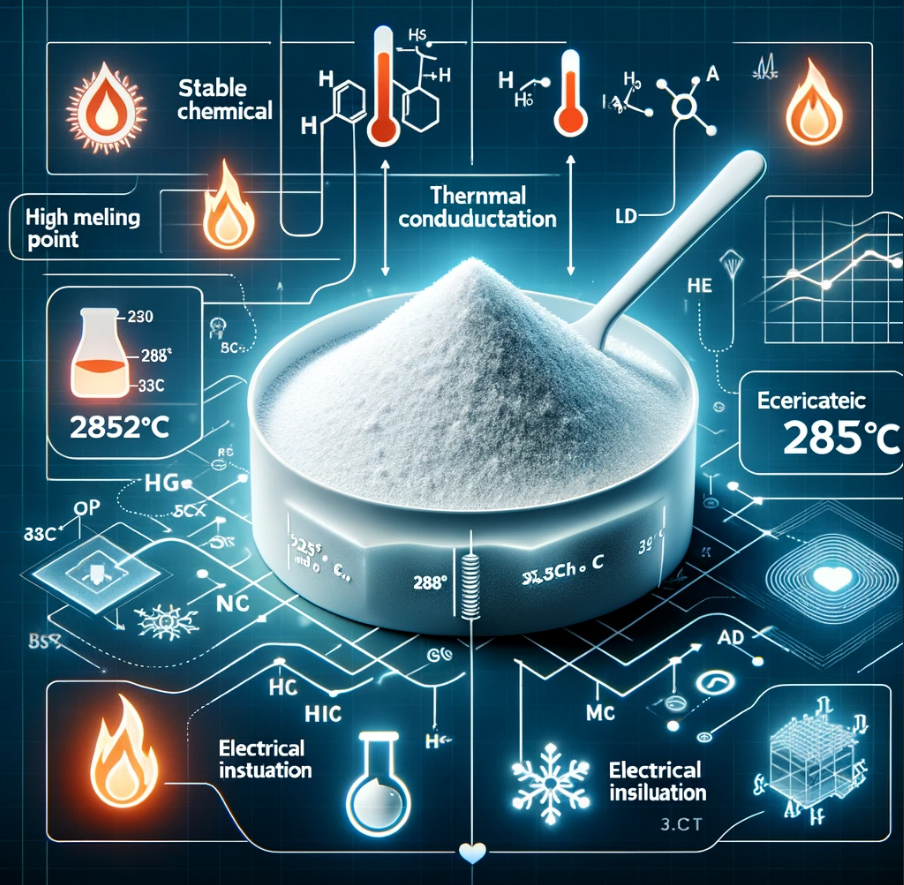
II. Applications of Magnesium Oxide in Heating Elements
Heating elements are widely used in both industrial and household applications, including heating tubes, rods, and plates. In these heating elements, magnesium oxide primarily serves as a filler material, providing both insulation and heat conduction.
1. Application in Heating Tubes
Heating tubes are one of the most common heating elements, used extensively in water heaters, air conditioners, and industrial heating equipment. Typically, a heating tube consists of a metal tube, a heating wire, and a filler material. The heating wire, usually made of nickel-chromium or iron-chromium-aluminum alloy, is coiled and placed inside the metal tube. The filler material is primarily high-purity magnesium oxide powder.
Magnesium oxide powder is packed between the heating wire and the metal tube wall, and through a compaction process, it ensures tight contact with both the heating wire and the tube wall. This design allows MgO to efficiently transfer the heat generated by the heating wire to the metal tube wall while providing excellent electrical insulation to prevent short circuits between the heating wire and the metal tube. Additionally, the high-temperature resistance of MgO ensures the heating tube can operate stably under high-temperature conditions for extended periods.
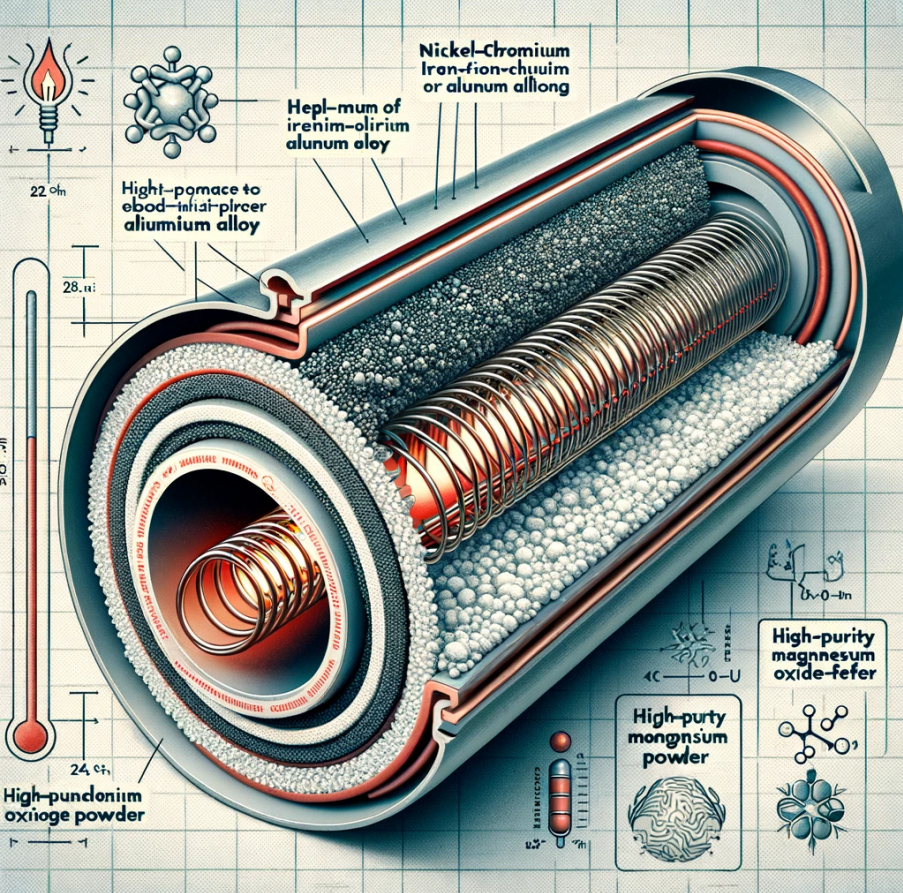
2. Application in Heating Rods and Plates
Heating rods and plates are also common heating elements, used in industrial heating and household warming applications. Their working principles are similar to heating tubes, where the heating wire is heated by electricity, and the filler material transfers the heat to the outside. In these elements, MgO serves as the filler material, providing thermal conductivity and electrical insulation.
In heating rods, MgO powder is tightly packed around the heating wire, ensuring even heat transfer to the surface. The high insulation property of MgO also prevents current leakage, enhancing the safety of the heating rod. In heating plates, MgO is used not only as a filler material but also as a substrate, providing a stable heating platform.

3. Application in Special Heating Elements
Besides conventional heating tubes, rods, and plates, MgO is widely used in special heating elements. For instance, in industrial equipment requiring ultra-high-temperature heating, MgO can be used as a coating layer for heating elements, offering higher heat resistance and stability. In high-precision heating equipment, the high thermal conductivity and low thermal expansion coefficient of MgO are utilized to improve heating precision and efficiency.
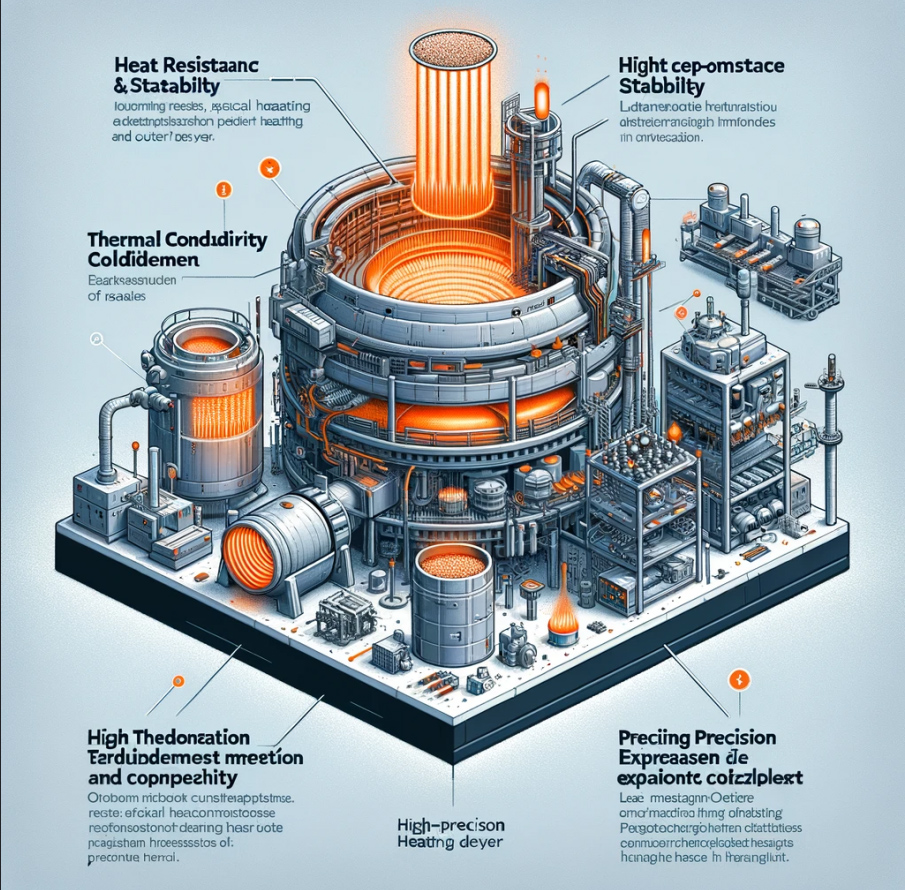
III. Conclusion
Magnesium oxide, with its excellent high-temperature resistance, thermal conductivity, and electrical insulation properties, is an indispensable core material in heating elements. In conventional heating elements such as heating tubes, rods, and plates, MgO acts as a filler material, effectively conducting heat and providing electrical insulation, thereby improving heating efficiency and ensuring safety and reliability. As material science continues to advance, the application of MgO in heating elements will become even more extensive and in-depth, providing superior material solutions for various heating devices.
By exploring the applications of MgO in heating elements, this article aims to provide valuable insights for research and development in related fields, supporting the continuous innovation and advancement of heating element technology.

